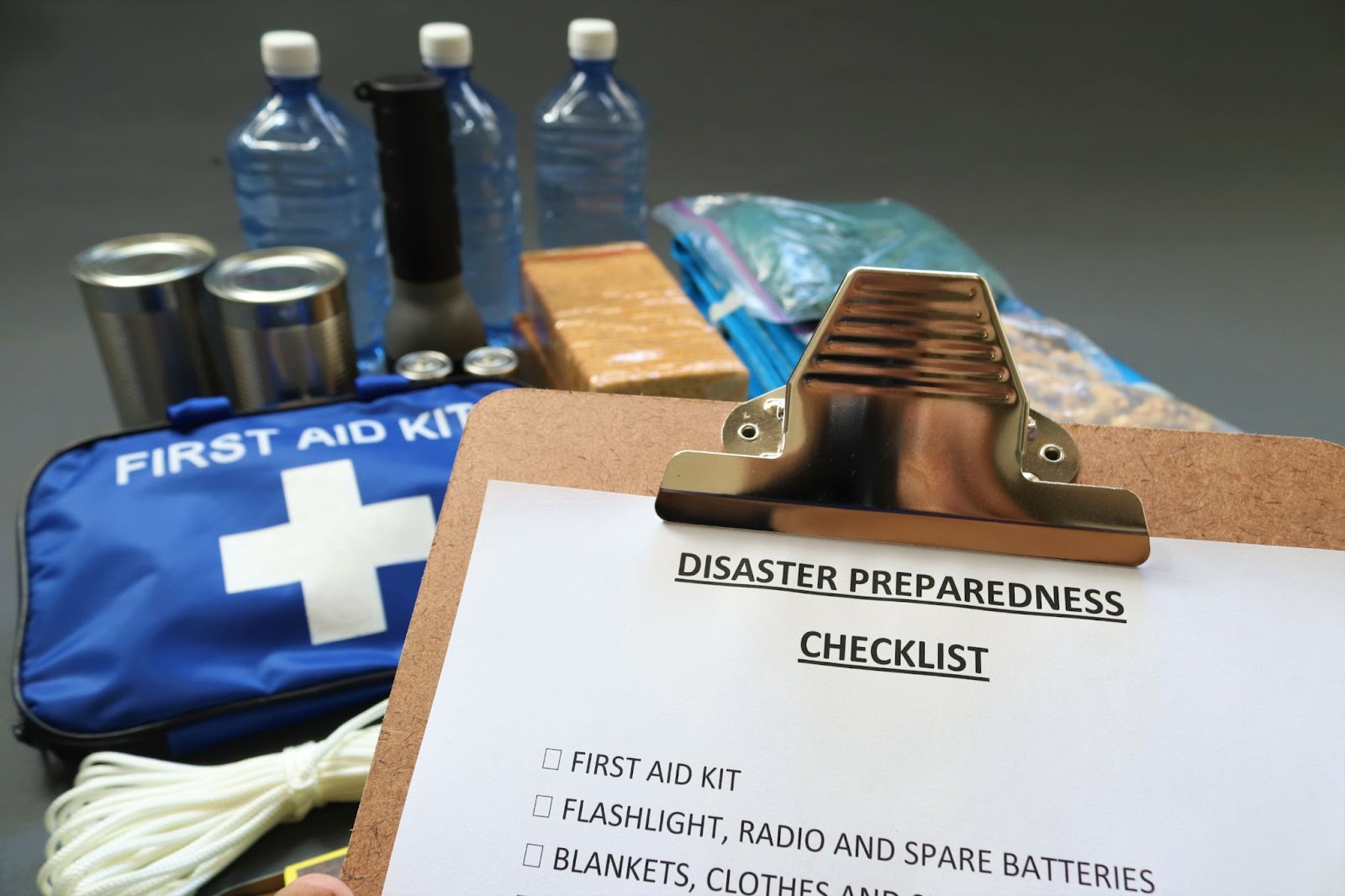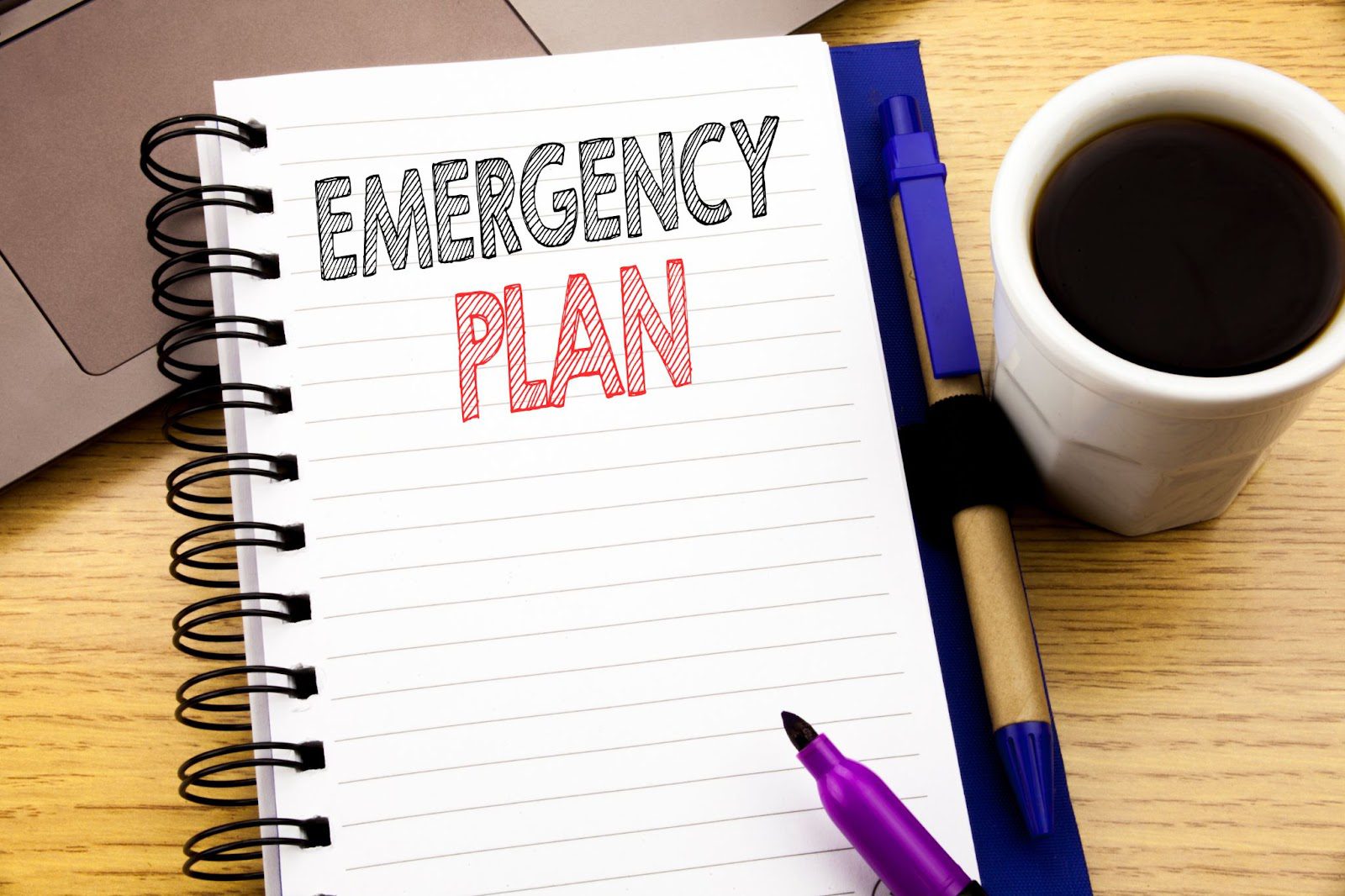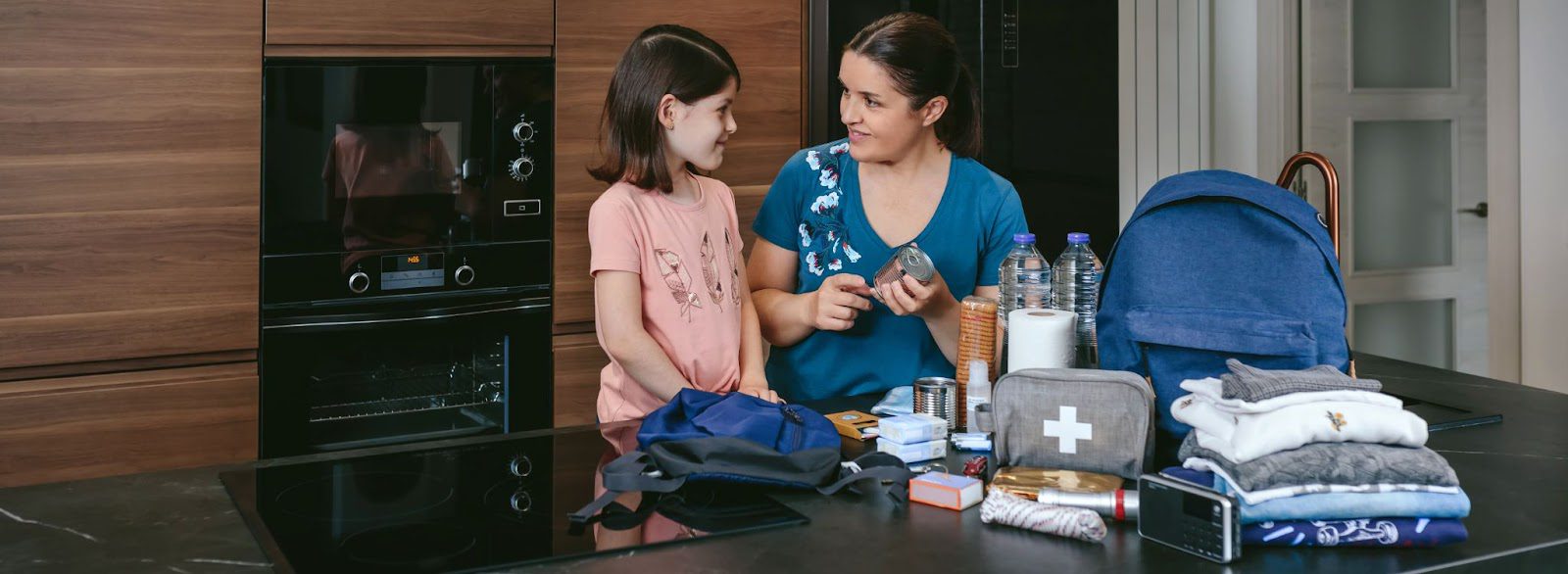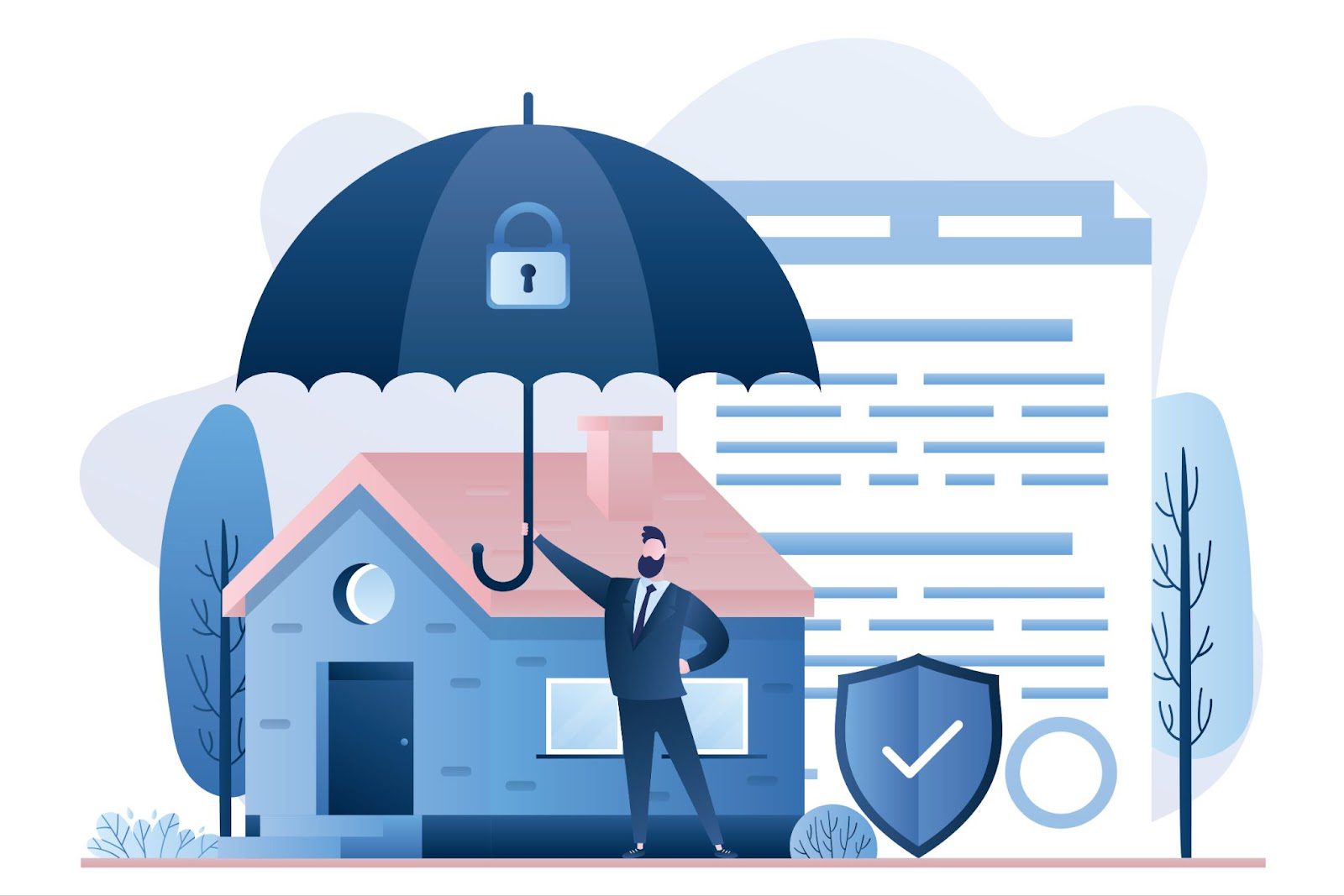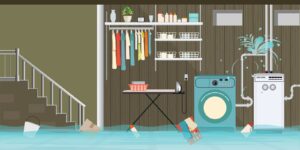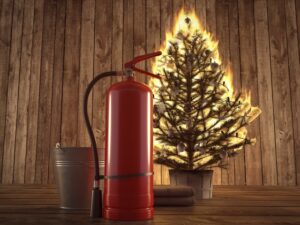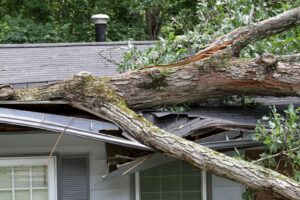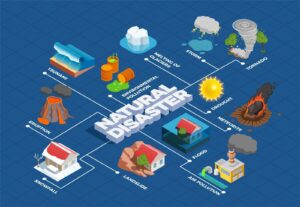Natural disasters like hurricanes, earthquakes, and severe weather, along with man-made emergencies such as hazardous spills or utility failures, pose significant threats. Understanding these risks is the first step toward protecting your home and loved ones.
Planning ahead might seem like inviting trouble, but it brings real benefits — saving time, money, and lives. Acknowledging these dangers allows individuals and communities to respond efficiently when the unexpected occurs. Preparing involves equipping homes with lifesaving supplies and formulating comprehensive evacuation routes.
This guide is your primer on Disaster Preparedness 101. We’ll walk you through evaluating local risks, securing your home, and planning evacuations. Whether you’re new to disaster planning or refining your strategies, equipping yourself with knowledge now ensures you’re ready for tomorrow.
Assessing potential threats
To plan for disaster cleanup effectively, you need to understand the full range of potential threats in your area. This involves identifying both natural and man-made hazards that could require mobilization.
Natural disasters include hurricanes, earthquakes, wildfires, floods, and severe weather. Man-made emergencies encompass hazardous material spills, infrastructure failures, and terrorist attacks.
By assessing these threats, you can determine the necessary supplies, skills, and plans required to mitigate their impact.
Identifying local natural disasters
Your local government or emergency management office provides information about the typical natural disasters in your region. For example, the Midwest faces tornadoes, coastal areas deal with hurricanes, and certain zones are prone to earthquakes.
Knowing these regional threats helps focus your preparation efforts. If you live in a flood-prone area, investing in sandbags and sump pumps should be part of your pre-disaster cleanup plan.
Understanding the risks in your area
Even within a disaster-prone region, risks vary based on specific locations and circumstances. Assess factors such as your home’s proximity to flood zones, wildfire areas, chemical plants, or nuclear facilities. Review historical data on natural disasters in your neighborhood to tailor your readiness and cleanup plan.
Considering possible emergency situations
Preparing for cleanup involves envisioning various emergency situations you might face, from power outages and fallen trees to the aftermath of severe storms or earthquakes. For each potential emergency, list the resources and actions needed for cleanup.
For instance, a severe ice storm may require chainsaws for fallen branches or a generator to restore electricity. By anticipating these scenarios, you can gather necessary tools, like sturdy shoes for dealing with debris, and create a practical cleanup plan.
Creating an emergency plan
When disaster strikes, having a well-thought-out emergency plan may mean the difference between chaos and safety. Your plan should encompass all elements of disaster preparedness, including shelter, supplies, evacuation routes, and communication.
It’s crucial to prepare for both the immediate dangers of an emergency situation as well as the cleanup and recovery that follows. This strategic blueprint will help ensure that you and your loved ones know what to do when faced with an actual emergency.
A comprehensive household emergency plan is specific to the needs of your family and property.
Step 1: Gather your family. Discuss and decide on the key elements of your plan.
Step 2: List the types of disasters that are most likely to occur in your area and outline specific actions for each scenario — flood, fire, earthquake, etc.
Step 3: Establish roles for each family member. Who will be in charge of gathering the disaster preparedness kit? Who checks on the emergency alerts or tunes into the battery-powered or hand-crank radio for updates?
Step 4: Plan for your pets. Include a stash of their food, water, and other necessities in your emergency stockpile.
Step 5: Schedule regular reviews and drills of the plan to ensure everyone understands their responsibilities and can act quickly when time is of the essence.
Establishing communication channels
In a real emergency, standard modes of communication, like phone lines, may be compromised. Agree on a text or social media-based communication plan, as these services often work even when phone lines are down.
Keep a list of emergency service numbers and contacts for all family members in your disaster preparedness kit and program them into your mobile phones.
Have battery-powered portable chargers and extra batteries to ensure mobile phones remain operational. Invest in two-way radios as an alternative means of communication.
Designating meeting points
A crucial aspect of disaster preparedness is establishing a clear and accessible meeting point for all family members. Choose a safe spot in or near your home, such as a community center or local park, for cases where you need to evacuate quickly but stay close by.
In the event that you cannot return home, select a secondary meeting point further away, such as a relative’s house or a predetermined shelter. Designate a friend or relative who lives out of the area to serve as a central contact point for all family members in case local lines of communication fail.
Remember, the key to effective disaster preparedness and efficient cleanup is advance planning.
Assembling a disaster preparedness kit
When facing a potential hazard, the cornerstone of safety is your disaster preparedness kit. This collection of essential supplies is designed to sustain life and comfort during the most tumultuous times.
Start by selecting sturdy, waterproof containers to hold your supplies, which will ensure they remain safe and dry. Tailor your kit to accommodate the number of people in your household and consider special needs such as pets, infants, and the elderly.
Check and update your kit regularly to replace expired items and adjust to any changes in your family’s needs. Now, let’s explore the fundamental items your kit should include.
-
- Water: At least one gallon of water per person per day for at least three days, for drinking and sanitation.
- Use food-grade water storage containers with tight-fitting lids.
- Replace stored water every six months.
- Food: A minimum of a three-day supply of non-perishable food that requires no cooking.
- Choose foods that don’t require refrigeration or preparation.
- Include energy-rich foods like peanut butter, nuts, and trail mixes.
- Pack comfort food items to help alleviate stress.
- Rotate your food supply every six months to keep it fresh.
- Battery-powered or hand-crank radio: To receive updates and emergency alerts.
- Flashlight: Preferably with extra batteries.
- First-aid kit: A comprehensive first-aid kit should include but not be limited to:
- Basic supplies
- Adhesive bandages of various sizes.
- Sterile gauze pads and adhesive tape.
- Antibiotic ointment, disinfectant wipes, and hydrogen peroxide.
- Basic supplies
- Water: At least one gallon of water per person per day for at least three days, for drinking and sanitation.
- Tools
-
-
-
- Tweezers, scissors, and a thermometer.
-
-
- Medications
-
-
- Aspirin or non-aspirin pain relievers.
- Prescribed medications and necessary medical equipment.
- A list of all medications, dosages, and medical conditions
- Additional Supplies
- Instant cold packs.
- Gloves and a CPR mask.
-
- Whistle: To signal for help if necessary.
- Dust mask: To help filter contaminated air.
- Plastic sheeting and duct tape: For creating a makeshift shelter.
- Moist towelettes, garbage bags, and plastic ties: For personal sanitation.
- Wrench or pliers: To turn off utilities if needed.
- Manual can opener: For opening canned food without power.
- Local maps: In case you need to navigate without GPS.
Gathering important documents and medications
In the chaos of a disaster, having essential documents readily available is crucial. Make sure to have:
- Copies of identification (passports, driver’s licenses, etc.).
- Financial records (bank account details, insurance policies).
- Legal documents (wills, deeds, custody papers).
- Emergency contact lists.
Store these documents in a waterproof container to protect them from damage.
Adapt your kit to cover a wide range of events, and remember that preparedness is a continuous process; review and update your kit regularly to ensure your readiness is in step with the latest guidelines and your family’s evolving needs.
Securing your home
Securing your home before a disaster strikes is crucial for effective disaster preparedness. Focus on making your house resilient to withstand potential threats.
Reinforcing structures and utilities
Start by inspecting your property for vulnerabilities, including the foundation, roof, walls, and exterior structures, such as garages or sheds. For the foundation, look for cracks or weaknesses and consider reinforcing it with bolts or braces if necessary. Secure loose tiles or shingles on the roof to prevent water damage.
Anchor tall and heavy furniture, shelves, and large appliances to the walls to prevent tipping. Secure water heaters and gas tanks by strapping them to wall studs and install flexible fittings to avoid breaks in gas or water lines. Regular maintenance of these elements reduces risks during a disaster. If you’re unsure how to proceed, have a professional inspector evaluate your home.
Installing carbon monoxide detectors
Carbon monoxide (CO) is an odorless, colorless gas emitted from generators, stoves, and heating systems if they malfunction or are used improperly. Ensure you have battery-powered or battery-backup CO detectors on every level of your home and near sleeping areas.
Regularly test the detectors and replace batteries at least once a year, or opt for detectors with a 10-year sealed battery. Avoid using portable, flameless chemical heaters indoors, as they emit dangerous levels of CO. Keep generators outside and away from windows and vents to prevent CO from entering your home.
Evaluating home insurance policies
Review your home insurance policy annually to ensure you have adequate coverage in the event of a disaster. Understand what types of damage are covered and whether your policy provides for replacement costs or actual cash value for lost items.
Standard policies typically do not cover flood or earthquake damage, so you may need additional policies. Be aware of your deductible amounts and ensure you have an emergency fund to cover them.
Check if your policy covers living costs if your house becomes uninhabitable. By understanding your insurance policies, you can better plan for the financial aspect of disaster cleanup and recovery.
Regular updates to safety equipment, utilities, and insurance policies ensure that your preparedness plan evolves alongside changes in potential threats and personal circumstances.
Staying informed
It’s critical to stay informed about local news, weather forecasts, and any advisories issued by authorities. Subscribe to emergency alert systems provided by your local government and consider downloading reputable apps that push alerts directly to your smartphone.
Make it a habit to check updates regularly, especially during seasons prone to natural disasters such as hurricanes, wildfires, or blizzards. Informing your household about the importance of staying informed and teaching them how to do so is equally important to ensure that everyone can take decisive action when necessary.
| Alert Source | Description | Access Method |
| Local news outlets | Provides updates about a wide range of local events | TV, radio, website, app |
| National Weather Service (NWS) | Issues weather-related alerts and forecasts | Radio, website, app |
| Emergency Alert System (EAS) | Conveys critical emergency information | Radio, television |
| Wireless Emergency Alerts (WEA) | Sends free messages to mobile devices in affected areas | Mobile phone |
By staying informed through these channels, you increase your chances of responding effectively to any disaster and protecting yourself and your loved ones.
Be prepared for any disaster with Total Flood and Fire Restoration
Recognizing the signs of damage and knowing when to call a professional makes all the difference in preventing further harm and ensuring a swift recovery.
For comprehensive and reliable assistance, trust Total Flood and Fire Restoration. Our expert team provides thorough inspections, effective solutions, and prompt service to restore your home to its best condition. When disaster strikes, let Total Flood and Fire Restoration be your first call at 385-503-2572.
We’re here to protect your home and family, offering peace of mind and professional support when you need it most.

